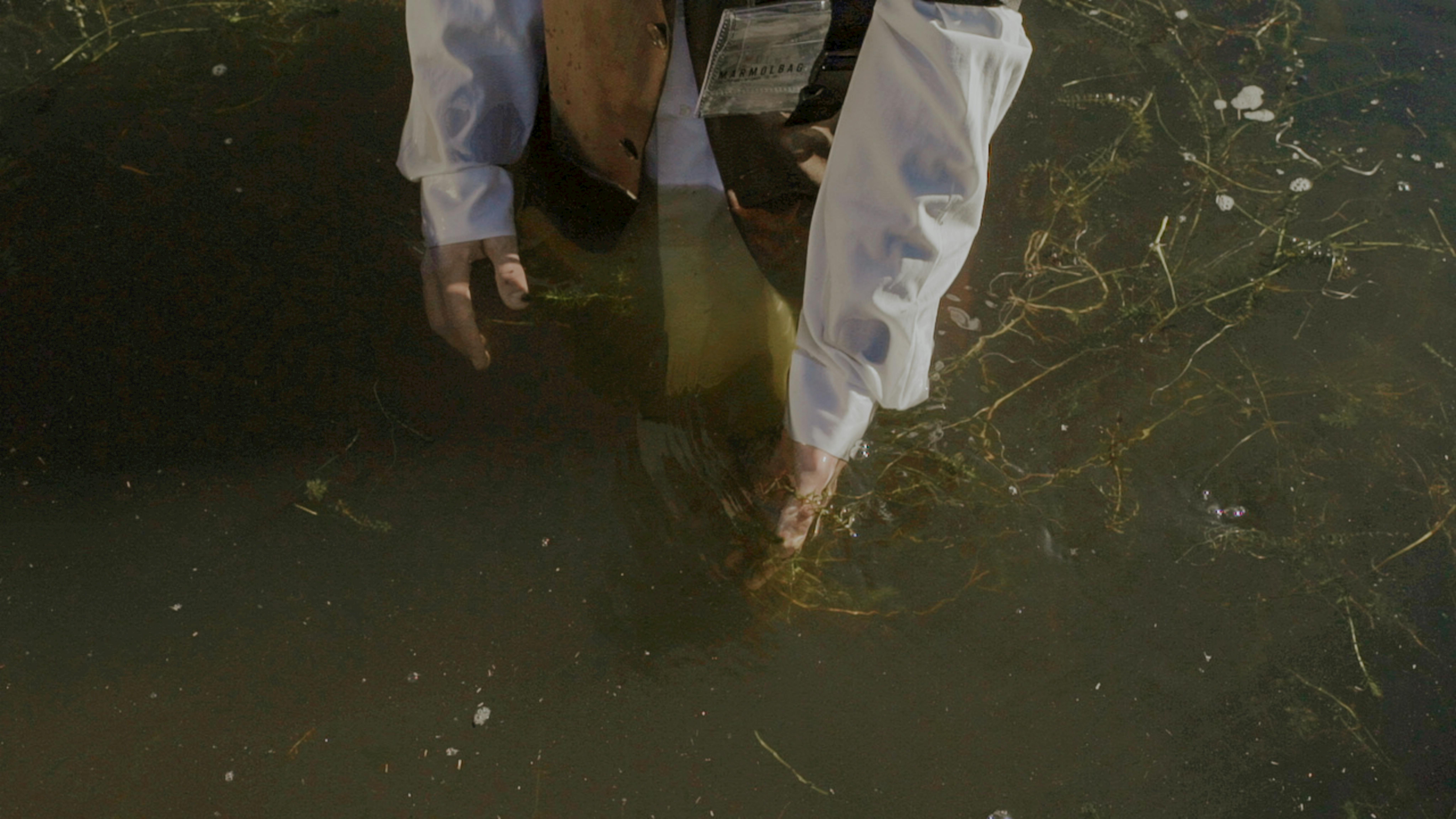Joint FAO/WFP News Release
Kinshasa – More than 25 million people continue to face crisis or emergency levels of food insecurity in the Democratic Republic of the Congo (DRC), according to the latest Integrated Food Security Phase Classification (IPC) report released today. The country continues to be one of the world’s largest food crises.
Despite high levels of hunger, the DRC boasts fertile lands and abundant water resources, and possesses the inherent capacity to attain self-sufficiency in food production and even extend its contributions to neighbouring countries. However, various underlying causes such as the intensifying conflict in eastern DRC and a lack of investment in rural development are preventing the country from becoming food sufficient.
The conflict in eastern DRC has disrupted vital agriculture production and the growth of essential infrastructure. This is a crisis fuelled by shifting armed group dynamics and resource struggles, exacerbated by deep-rooted geopolitical tensions. As a result, over 5.6 million people are now displaced from their homes in the three eastern provinces of Ituri, North Kivu, and South Kivu.
“I am alarmed by the number of people who continue to face hunger across the country,” said Peter Musoko, the World Food Programme’s Country Director and Representative in the DRC. ”In such a fragile context, the cost of inaction is truly unthinkable. Together, we need to work with the government and the humanitarian community to increase resources for this neglected crisis.”
“The food security crisis for many people in the Democratic Republic of the Congo remains critical, with several challenges – insecurity, devastation and lack of infrastructure, low access to quality inputs and finance, to name but a few – jeopardizing their chances of being able to properly feed themselves and their families. The only way to break the cycle and shift these trends is to help rural families increase their resilience and productivity,” said Aristide Ongone, the Food and Agriculture Organization’s Representative in the DRC.
WFP faces a critical funding gap of USD 629.6 million over the next six months. In the absence of funding, WFP is unable to continue scaling operations to reach 3.6 million people and may have to scale-back assistance as early as October.
While those most in need of humanitarian assistance rely on agriculture for their subsistence, only 4.1 percent of humanitarian funding to food sectors goes to support agricultural livelihoods. Emergency livelihood interventions are cost-effective. For example, with a USD 80 vegetable production package, a family can quickly produce a variety of nutritious food worth USD 480 on the local market.
In 2023, FAO required USD 106.4 million to reach 1.8 million people with urgent livelihoods support, including boosting rapid agricultural production, livestock and fishing, and providing pre-positioned emergency livelihoods support to conflict-stricken communities. To date, FAO faces a funding gap of approximately USD 80 million to provide support to vulnerable farmers during the next agricultural campaign, starting in January 2024.
In addition to the immediate imperative of supporting life-saving initiatives, there is a pressing need to invest in solutions aimed at sustainably reversing the trends of food insecurity. It is crucial to implement a strategy that envisions continuity between emergency responses, post-emergency efforts, and actions aimed at advancing food systems while enhancing the resilience of populations to the various shocks they routinely face.








